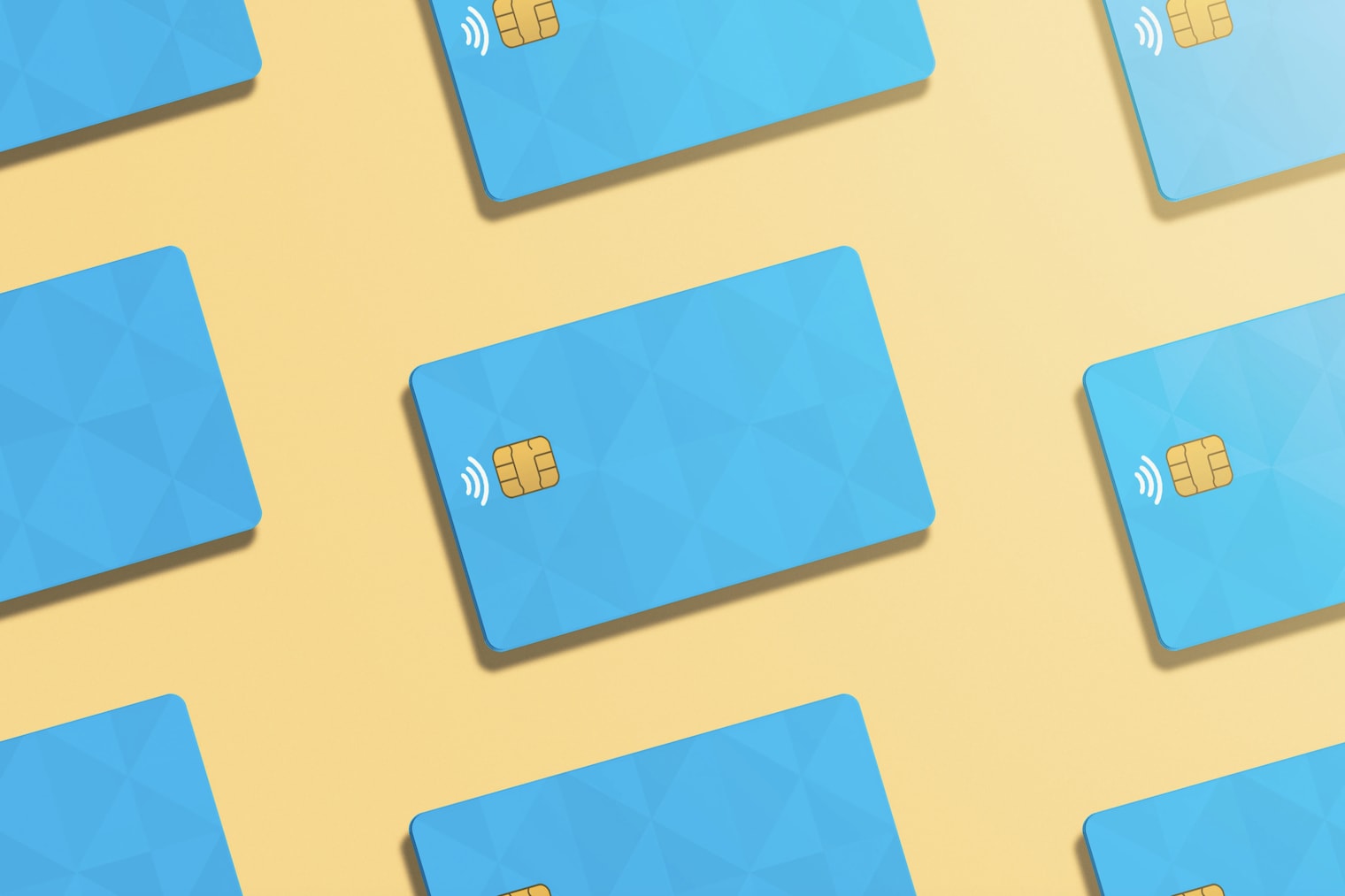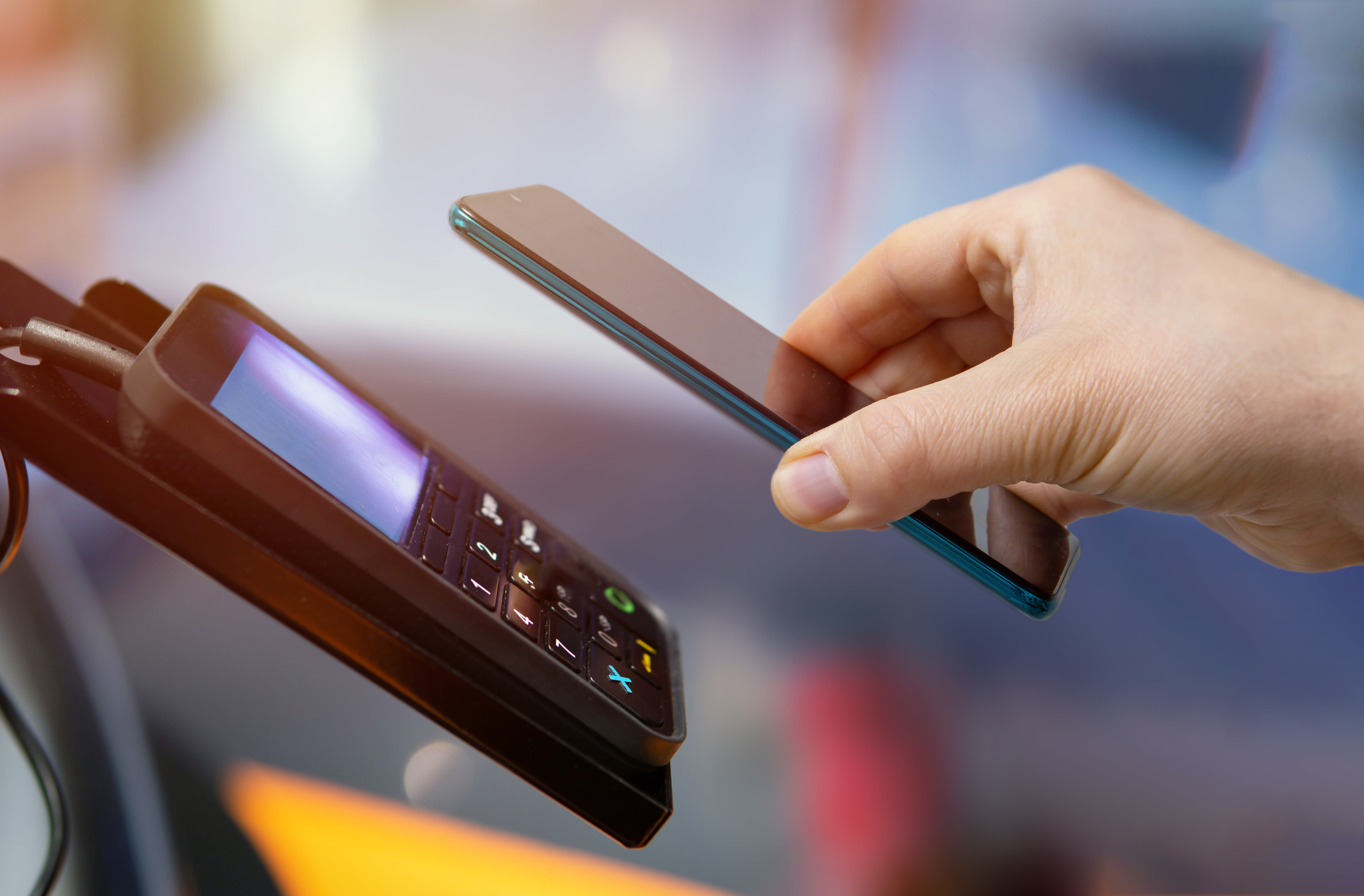What is a Virtual Card? A Beginner’s Guide

Virtual cards are skyrocketing in popularity.
In 2023, Juniper Research projected that digital transactions would increase 388% globally by 2028. The research firm also estimated that 70% of businesses with annual revenues exceeding $1 billion have already adopted virtual cards.
But you don’t have to work for a billion-dollar business to take advantage of the technology. As digital payments quickly become the new normal, businesses of all sizes can go virtual and exert greater control over expenses.
Where to start? This list of frequently asked questions will cover:
- Basic definitions, such as “What is a virtual card?”
- Benefits and drawbacks to consider
- When (and when not) to use them
- How the technology works
- How companies can get started
Read on to understand how your company can navigate the evolving digital economy with confidence.

What is a virtual card?
A virtual card is a legitimate payment method, just like a physical credit or debit card, but it exists only in digital form. Instead of having a physical card to tap, swipe, or insert, you use a unique card number, expiration date, and Card Verification Value (CVV) security code — all of which are purely digital.
These cards are typically issued by banking institutions or credit card companies and come with the same benefits and protections as physical credit cards. However, enhanced security features and spending limits make them ideal for online transactions and less susceptible to hackers and data breaches.
What is a virtual prepaid card?
A virtual prepaid card is a digital payment card that is preloaded with a specific amount of funds. It can be set up for one-time transactions or multiple transactions, and it can also be reloadable to enable easy fund replenishment.
What is a virtual card payment?
A virtual card payment is a transaction made using a virtual card as the payment method.
What are the benefits of virtual cards?
Virtual cards offer a host of benefits to businesses, including:
- Enhanced security: Reduce the risk of fraud and unauthorized charges.
- Convenience: Make online payments hassle-free without the need for a physical card.
- Expense management: Streamline spending control and gain insights with detailed transaction data.
- Flexibility: Customize spending with multiple digital cards for different purposes.
- Reduced administrative overhead: Save time and resources with streamlined payment workflows.
What are the drawbacks?
There are also some potential drawbacks, including:
- Limited acceptance: Certain retailers or restaurants require physical cards for in-person purchases.
- Internet dependence: Internet or cellular access is required to function.
- Potential fees: Some providers may charge fees for issuance, reloading, or foreign transactions, which could increase the overall cost.

Where are virtual cards accepted?
Most online shopping merchants and service providers accept virtual cards, including e-commerce websites, subscription-based platforms, and digital marketplaces.
Vendors that accept contactless or digital payment methods, such as Apple Pay or Google Pay, also support virtual cards for in-store purchases.
How does a virtual card work?
Think of the technology as if it were a physical credit card that exists purely in a digital format. Here’s how it works:
- Generation: A new card is generated through a website or mobile app provided by the issuer.
- Online transaction: When making an online purchase or setting up a recurring payment, the cardholder provides the digital details, including the unique 16-digit number, expiration date, and security code.
- Billing: Purchases are billed to the cardholder’s primary account, and the issuer processes the transaction accordingly.
Why do companies use virtual cards?
Companies have adopted the technology to enable employees to make authorized business purchases. Whether catering a company event, booking a business hotel stay, or setting up a recurring payment for software fees, virtual cards eliminate the need to share sensitive banking information.
When linked to the right expense management tool, digital cards can help companies track and control expenses more efficiently and make informed financial decisions.
Issue Unlimited Cards While Guarding Spend
Navan Expense helps companies swiftly issue unlimited virtual and physical cards for one-time or recurring payments and on-the-go spending.
Transaction details are automatically categorized and reconciled with each digital or physical swipe, eliminating the need for expense reports.
Are payments secure?
This form of payment offers more enhanced security features than traditional physical cards. Since account information is not physically present on a tangible piece of plastic that can get lost or stolen, it’s less susceptible to theft or unauthorized use.
Additionally, advanced security measures, such as single-use card numbers, dynamic CVV codes, and spending limits further protect against fraud.
How do virtual cards protect against fraud?
Several features enhance fraud protection:
- Limited use: The risk of fraud is reduced because the cards are designed for limited or single use.
- Dynamic CVV codes: Dynamic CVV codes can be generated for each transaction, making it more challenging for fraudsters to use stolen information.
- Spending limits: When spending limits are implemented, the potential financial impact of fraudulent transactions is also limited.
- No physical card: Since the cards only exist digitally, banking information is less susceptible to theft or unauthorized use.
Is it possible to withdraw cash?
In most cases, virtual cards are not designed for cash withdrawals at ATMs or physical bank branches. Features necessary to facilitate cash withdrawals, such as PIN codes, may not be available.

Can recurring payments be set up?
Yes, recurring payments can be set up for transactions such as subscriptions or monthly bills. Users can set specific spending limits and expiration dates to control recurring charges and prevent unauthorized transactions.
Are there any fees for use?
The associated fees can vary, depending on the issuer and the type of card. Some providers may offer virtual cards without issuance or maintenance fees, while others may charge a small fee for certain features or services. Be sure to review the terms and conditions carefully.
Can I receive refunds?
Yes, refunds can typically be processed in the same way as with a physical credit or debit card. When a refund is issued by the merchant, it is credited back to the card account, and the refunded amount becomes available for future purchases or can be transferred to a linked bank account, depending on the provider’s policies.
How can I get started?
Getting started typically takes a few simple steps:
- Choose a provider: Research and select a reputable card issuer that offers digital banking services.
- Sign up: Create an account with the chosen provider and verify your identity.
- Generate a card: Once your account is set up, you can usually generate cards directly through the provider’s website or mobile app.
- Customize settings: Set spending limits, expiration dates, and other preferences.
With physical and virtual cards, smart policy management, and automated expense reports, Navan Expense streamlines the entire business spending process, driving tangible cost savings and efficiency. Schedule a demo or get up and running with Navan in just 5 minutes.
This content is for informational purposes only. It doesn't necessarily reflect the views of Navan and should not be construed as legal, tax, benefits, financial, accounting, or other advice. If you need specific advice for your business, please consult with an expert, as rules and regulations change regularly.
More content you might like
Take Travel and Expense Further with Navan
Move faster, stay compliant, and save smarter.
